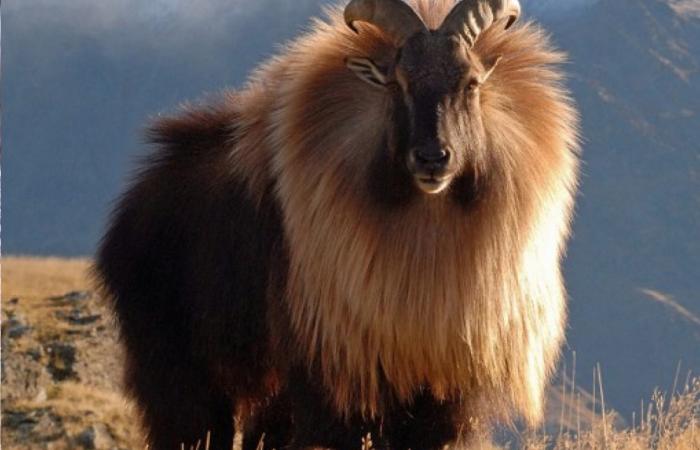Kanchenjunga National Park which is now renamed as Khangchendzonga National Park, is in Sikkim state, India, bordering Nepal. It is also a Biosphere reserve known by the name Kanchenjunga Biosphere Reserve. It’s a UNESCO World Heritage Site and the first Mixed Heritage site from India. Mixed Heritage sites are world heritage sites with cultural and natural significance,
Himalayan tahr (Hemitragus jemlahicus) are seen in Kanchenjunga National Park.
A rare and genetically distinct wild dog, the Dhole, also known by names like an Asiatic wild dog, Indian wild dog, red wolf, and the whistling dog, is seen in this park.
Kanchenjunga National Park is home to around 550 bird species. Himalayan Forest Thrush (Zoothera Salimalii), a new bird species, was found at this park in 2016.
Kanchenjunga Park offers plenty of trekking opportunities, for those interested in trekking. The main starting point for trekking is Yuksom, around 145 kilometers from Gangtok. You need to get the trekking permits from ‘The Wildlife Education and Interpretation Center’ at Yuksom or from the check post at the entrance to the park.
Kanchenjunga National Park is spread over 849.5 square kilometers and is located on the Kanchenjunga Himalayan Peaks, the third-highest peak in the world. Many glaciers are there in the park. Himalayan Tahr, musk deer, snow leopard, Clouded Leopard, etc, are seen in this park.
How Do I Go to Khangchendzonga National Park or Kanchenjunga National Park?
Kanchenjunga National Park, now renamed Khangchendzonga National Park, is accessible from NH 31 A (Sevok–Gangtok National Highway). The Nearest towns are Yuksom Town and Chungthan Town, around 20 kilometers distance.
Gangtok is the nearest city that is connected by helicopter services. The nearest airport is Darjeeling district, West Bengal state, at around 220 kilometers distance. New Jalpaiguri Junction railway station (twin city Siliguri) is the nearest railway station, around 220 kilometers away.
Accommodation inside Kanchenjunga Park
Kanchenjunga Park has four rest houses, which can house up to 20 persons. Bookings may be made at the office of the Forest Range Officer.
April and May are the ideal time to visit this national park. Monsoon and Winter months should be avoided. Restricted area permits are required for non-Indian nationals. Indian nationals are required to obtain Inner Line Permits from the State Home Department. Permission from the State Chief Wildlife Warden is also necessary to visit this park.

